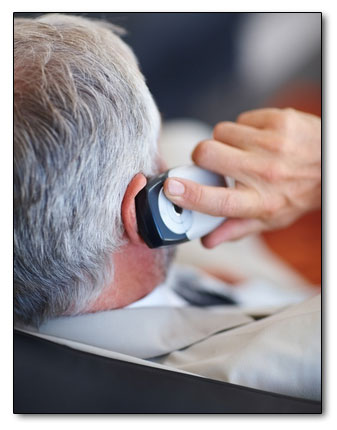by Nina Doherty
In an era in which clients are scrutinizing their legal bills and negotiating discounts and alternative fee arrangements with their law firms, it is no surprise that they are also looking closely at the bottom line when it comes to litigation support costs. Of course, that includes the costs of litigation graphics, trial technology, and the other litigation consulting services that we provide. In the typical piece of litigation, most of those costs are incurred in the months and weeks just before trial – and they can seem expensive to a client who is not accustomed to dealing with these services.
At A2L, our invoice pales in comparison with that of the law firm(s) that we work with. (We usually estimate that it will run between half of 1 percent of the legal fees at the low end, and 5 percent at the high end.) Still, the litigator who is the client’s chief contact in the law firm must often justify the value of litigation consulting services to a client who may not be familiar with the requirements of modern litigation.
Here are some points that a trial lawyer can make to a client in a high-stakes case that shows the value of our work.
Litigation Graphics: For our litigation graphics services, it is well documented that 60 percent of human beings, and thus 60 percent of jurors, are visual learners. A compelling and clear visual presentation can help ensure that the client’s case is easily conveyed and understood. In order to create such a presentation, a litigation consulting firm requires a specialized graphic artist’s skills. This is not a matter of “dumbing down” the presentation; quite the contrary, it is difficult and challenging to convey complex ideas to jurors.
In addition, when we use a mix of mediums such as presentation boards, PowerPoint, 3-D scale models, document call-outs and highlighting, we minimize jurors’ boredom and keep them interested in the client’s case. Finally, when we create graphics for mock jury exercises, we are testing case themes and helping the client decide which ones will be presented at trial.
Trial Technology/Hot-Seaters: For our trial technology services, it’s important to note that in an age of “CSI” and “Law and Order,” jurors expect a seamless performance by the legal team. The use of a “hot seat operator” permits the client’s lawyers to focus on their presentation, not on the technology supporting it. The jurors like to think that the lawyers respect their time by making presentations that go off perfectly, without glitches. And since the other side’s lawyers will probably be using similar technology, it is important to keep up with them or even to surpass them in skill.
Trial & Jury Consulting: Jury research and witness preparation can easily be seen as having direct and immediate effects on the client’s litigation success. A mock jury or focus group can provide crucial information about whether the trial plan is the best one possible and can further determine whether a trial is a good idea in the first place. Preparing witnesses is vital to ensuring that their testimony will have the desired effect. And the use of jury experts during jury selection can help the client obtain the best pool of fact finders for winning the case.
Ebriefs: For electronic brief production, the filing of briefs in electronic format is becoming a preferred mode or even a requirement in some courts. Electronic hyperlinking of citations in a brief makes it easier for judges and their clerks to access the client’s briefs anywhere and at any time – even on their iPads.





Leave a Comment